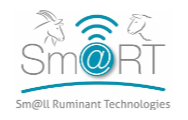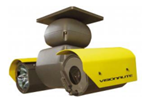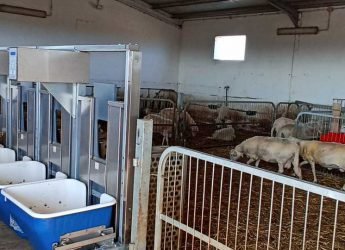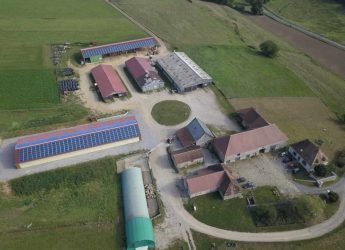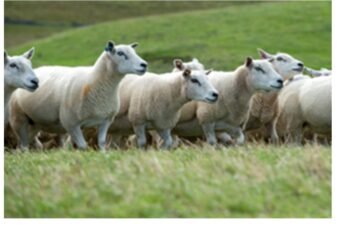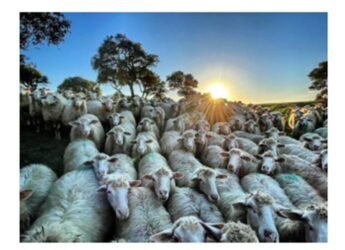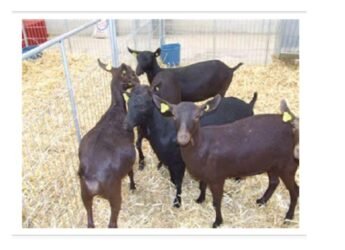Need:
- Have more time for lambing
- Identification of ewes for lambing
- Observation of changing behaviour
Aim:
- Monitoring of estrus, births, and injuries
- Violations and general monitoring of the farm
- Visualization of the strategic locations of the barn
- Monitoring of automated systems
Description:
The viewing is in real-time, and the control can be on laptop, tablet, smartphone.
There is a motion detection and on-demand recording, and it is possible to have infrared night vision and soundtrack.
The coverage area can be more than 50m2 depending on the model.
Cameras are resistant to the agricultural environment, they are waterproof and dustproof.
How to implement:
Cameras are better suited to small lots because of their range. It’s important to gauge the range according to the size of the lot, the height of the building and the brightness for best visibility.
- Equipment: internet connection and smartphone or laptop for viewing
- Storage: no humidity in the barn to avoid the formation of condensation
Expected benefits:
- Safety: for the barn and the animals, less accidents, or infractions in the barn
- Comfort: improved working conditions and less stress for the farmer
- Time saving: remote viewing and recording
Prerequisites and/or limits:
- Depends on barn configuration and height
- Necessary communication network
- Image quality, zoom depending on the lens
- No night vision if no infrared cameras
Cost / Benefit Analysis
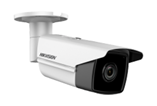
Country:
France
Production system (Dairy or/and meat sheep/goat):
All
Category of Animal (ewe, goat, replacement, lamb, kid):
All
Source of information:
Attachment/links:
https://idele.fr/?eID=cmis_download&oID=workspace://SpacesStore/b224f581-d145-4504-b354-cefb87b95a08
ADOPTION PREDICTION:
What is the expected uptake of this technology and when might peak uptake happen?
